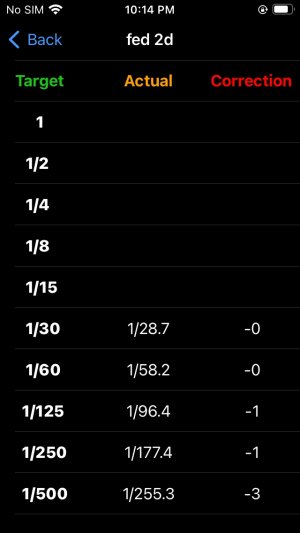CamB
Member
I have a FED2, bought from an Ebay seller as having had a CLA (which it seems to have had - clean inside camera and viewfinder, smooth, etc).
I am looking to fine tune the shutter speeds, and have determined (see here for how), that 1/500 is maybe 1/3-1/2 a stop slow and 1/60 1/3-1/2 a stop fast. There doesn't look to be a material (or any) issue with synchronisation, and I don't have a CRT to check the recommended way.
What combo of 1st/2nd curtain tension adjustment will help this, or is what I have "good enough"?
I am looking to fine tune the shutter speeds, and have determined (see here for how), that 1/500 is maybe 1/3-1/2 a stop slow and 1/60 1/3-1/2 a stop fast. There doesn't look to be a material (or any) issue with synchronisation, and I don't have a CRT to check the recommended way.
What combo of 1st/2nd curtain tension adjustment will help this, or is what I have "good enough"?


